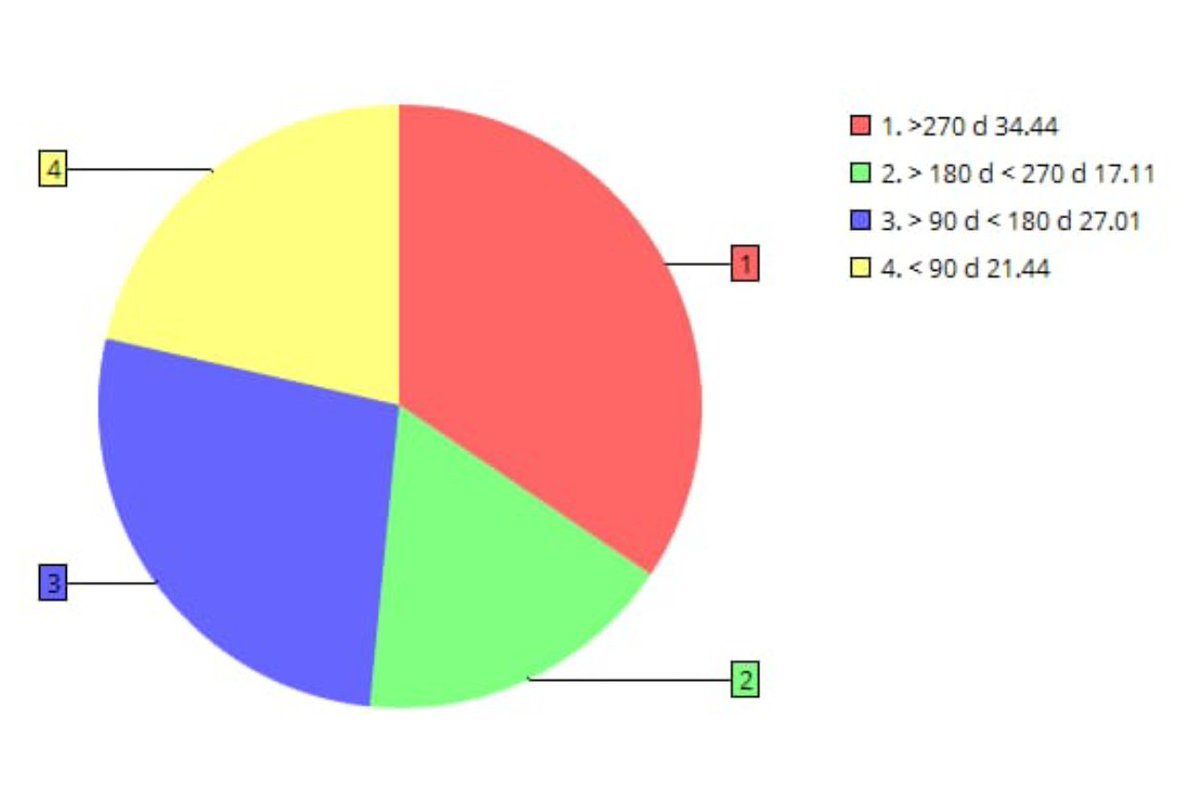Here is a list of lemons (troubled assets) held by debt schemes of various Mutual Funds -
Qualification - at least 3 lemons post Aug 2018
1. BoI AXA - 6
a) Sintex
b) DHFL
c) Kwality
d) ILFS
e) Coffee Day
f) Avantha Holdings
Thread (1/10)
Qualification - at least 3 lemons post Aug 2018
1. BoI AXA - 6
a) Sintex
b) DHFL
c) Kwality
d) ILFS
e) Coffee Day
f) Avantha Holdings
Thread (1/10)
2. Reliance Nippon - 6
a) ZEE LAS
b) DHFL
c) Morgan Credit (Yes Bank promoter)
d) Reliance Commercial Finance (ADAG)
e) Reliance Home Finance (ADAG)
f) Avantha Realty
(2/10)
a) ZEE LAS
b) DHFL
c) Morgan Credit (Yes Bank promoter)
d) Reliance Commercial Finance (ADAG)
e) Reliance Home Finance (ADAG)
f) Avantha Realty
(2/10)
3. Birla Sunlife - 5
a) ZEE LAS
b) Wadhawan Global (DHFL Promoter)
c) ILFS Tamil Nadu Power
d) Jharkhand Road Project (ILFS)
e) ILFS Education
(3/10)
a) ZEE LAS
b) Wadhawan Global (DHFL Promoter)
c) ILFS Tamil Nadu Power
d) Jharkhand Road Project (ILFS)
e) ILFS Education
(3/10)
4. Franklin Templeton - 5
a) ZEE LAS
b) Wadhawan Global (DHFL Promoter)
c) Reliance Infra (ADAG)
d) Reliance Big (ADAG)
e) Yes Capital (Yes Bank Promoter)
(4/10)
a) ZEE LAS
b) Wadhawan Global (DHFL Promoter)
c) Reliance Infra (ADAG)
d) Reliance Big (ADAG)
e) Yes Capital (Yes Bank Promoter)
(4/10)
5. DSP - 5
a) ILFS Energy Development
b) ILFS Transportation
c) DHFL
d) Sintex
e) Coffee Day Natural Resources
(5/10)
a) ILFS Energy Development
b) ILFS Transportation
c) DHFL
d) Sintex
e) Coffee Day Natural Resources
(5/10)
6. Pramerica - 5
a) ZEE LAS
b) DHFL
c) Reliance Big (ADAG)
d) Business Broadcast (ADAG)
e) Reliance Commercial Finance (ADAG)
(6/10)
a) ZEE LAS
b) DHFL
c) Reliance Big (ADAG)
d) Business Broadcast (ADAG)
e) Reliance Commercial Finance (ADAG)
(6/10)
7. Invesco - 4
a) ILFS Transportation
b) DHFL
c) Sintex (ADAG)
d) Business Broadcast (ADAG)
(7/10)
a) ILFS Transportation
b) DHFL
c) Sintex (ADAG)
d) Business Broadcast (ADAG)
(7/10)
8. UTI - 3
a) Jorbat Shillong - ILFS
b) DHFL
c) Business Broadcast (ADAG)
(8/10)
a) Jorbat Shillong - ILFS
b) DHFL
c) Business Broadcast (ADAG)
(8/10)
9. Kotak - 3
a) ILFS
b) ZEE LAS
c) DHFL
(9/10)
a) ILFS
b) ZEE LAS
c) DHFL
(9/10)
10. L&T - 3
a) DHFL
b) Reliance Broadcast (ADAG)
c) Business Broadcast (ADAG)
* Please do let me know if I have omitted or added something by mistake.
(10/10)
a) DHFL
b) Reliance Broadcast (ADAG)
c) Business Broadcast (ADAG)
* Please do let me know if I have omitted or added something by mistake.
(10/10)
@kayezad @ActusDei @_soniashenoy @andymukherjee70 @invest_mutual @BMTheEquityDesk @dmuthuk @rohitchauhan @contrarianEPS @shyamsek @chokhani_manish @pvsubramanyam @BalakrishnanR @Sanjay__Bakshi @TamalBandyo @CafeEconomics @menakadoshi @latha_venkatesh @AmolPlanRupee
@deepakshenoy @dugalira @Iamsamirarora @SunilBSinghania @mrinagarwal @IamMisterBond @NagpalManoj @SalariedTaxpay1 @YashwantSinha @ayushmitt
@threadreaderapp unroll
• • •
Missing some Tweet in this thread? You can try to
force a refresh









